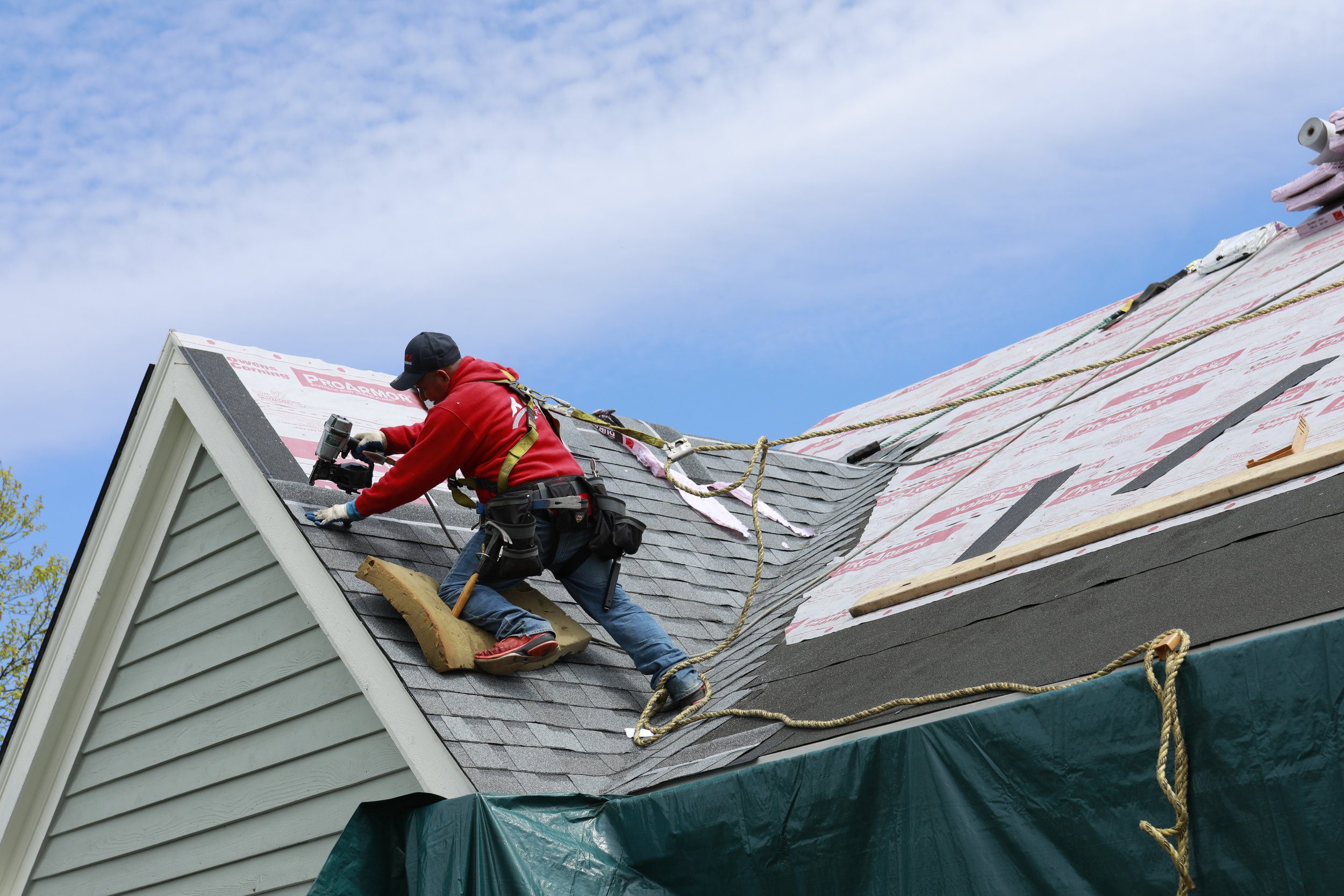The Ultimate Guide to Emergency Roof Repair
When a roof emergency strikes, swift action is crucial to minimize further damage to your home and protect its occupants. Whether it’s a severe storm, fallen tree, or sudden leakage, understanding how to handle emergency roof repairs is essential. In this comprehensive guide, we will provide you with valuable insights and step-by-step instructions on how to navigate emergency roof repairs effectively. From assessing the situation to implementing temporary fixes and contacting professionals, we will equip you with the knowledge you need to safeguard your home and initiate the necessary repairs.
Assessing the Damage:
The first step in an emergency roof repair situation is to assess the damage. Take a careful look at your roof from a safe distance or use binoculars to identify any visible signs of damage, such as missing or displaced shingles, holes, or sagging areas. Additionally, check for water stains on the ceilings, walls, or attic, as they indicate potential leaks. Evaluate the extent of the damage to determine whether it requires immediate attention or if a temporary fix can suffice until professional help arrives.
Ensuring Safety:
Safety should always be your top priority during emergency roof repairs. If there is a risk of electrical hazards, such as exposed wires, or if the damage is extensive and poses a threat to your well-being, evacuate the premises and contact the appropriate authorities. Stay away from damaged areas and avoid climbing onto the roof unless you have the necessary experience and proper safety equipment.
Temporary Repairs
In many cases, you can implement temporary repairs to mitigate further damage until professional roofers can address the issue. These temporary fixes are designed to provide short-term solutions and should not replace permanent repairs. Some examples of temporary repairs include:
- Covering the damaged area with a tarp or heavy-duty plastic to prevent water infiltration.
- Using roofing cement or sealant to seal small leaks or gaps.
- Securing loose shingles or tiles with nails or adhesive.
Remember to consult with a professional roofer before attempting any temporary repairs to ensure you do not inadvertently worsen the situation.
Contacting Professionals:
Once you have assessed the damage and implemented temporary fixes, it is crucial to contact professional roofers to schedule a thorough inspection and permanent repairs. Look for reputable roofing companies with emergency services and request immediate assistance. Professional roofers have the expertise, tools, and knowledge to assess the damage accurately and provide appropriate solutions to restore your roof’s integrity.
Documenting and Filing Insurance Claims
If the emergency roof repair is covered by your insurance policy, document the damage by taking photographs or videos. Keep a record of any temporary repairs performed and maintain copies of receipts or invoices related to the repairs. Contact your insurance provider to initiate the claims process and provide them with the necessary documentation.
Conclusion:
Emergency roof repairs require prompt action and informed decision-making to safeguard your home and prevent further damage. By assessing the situation, ensuring safety, implementing temporary repairs where possible, contacting professional roofers, and documenting the damage for insurance purposes, you can navigate the challenging circumstances effectively. Remember that while temporary fixes can help minimize immediate risks, permanent repairs by qualified professionals are essential for a long-lasting solution. Stay proactive, be prepared, and rely on the expertise of professionals to restore your roof’s integrity and protect your home from future roofing emergencies.

